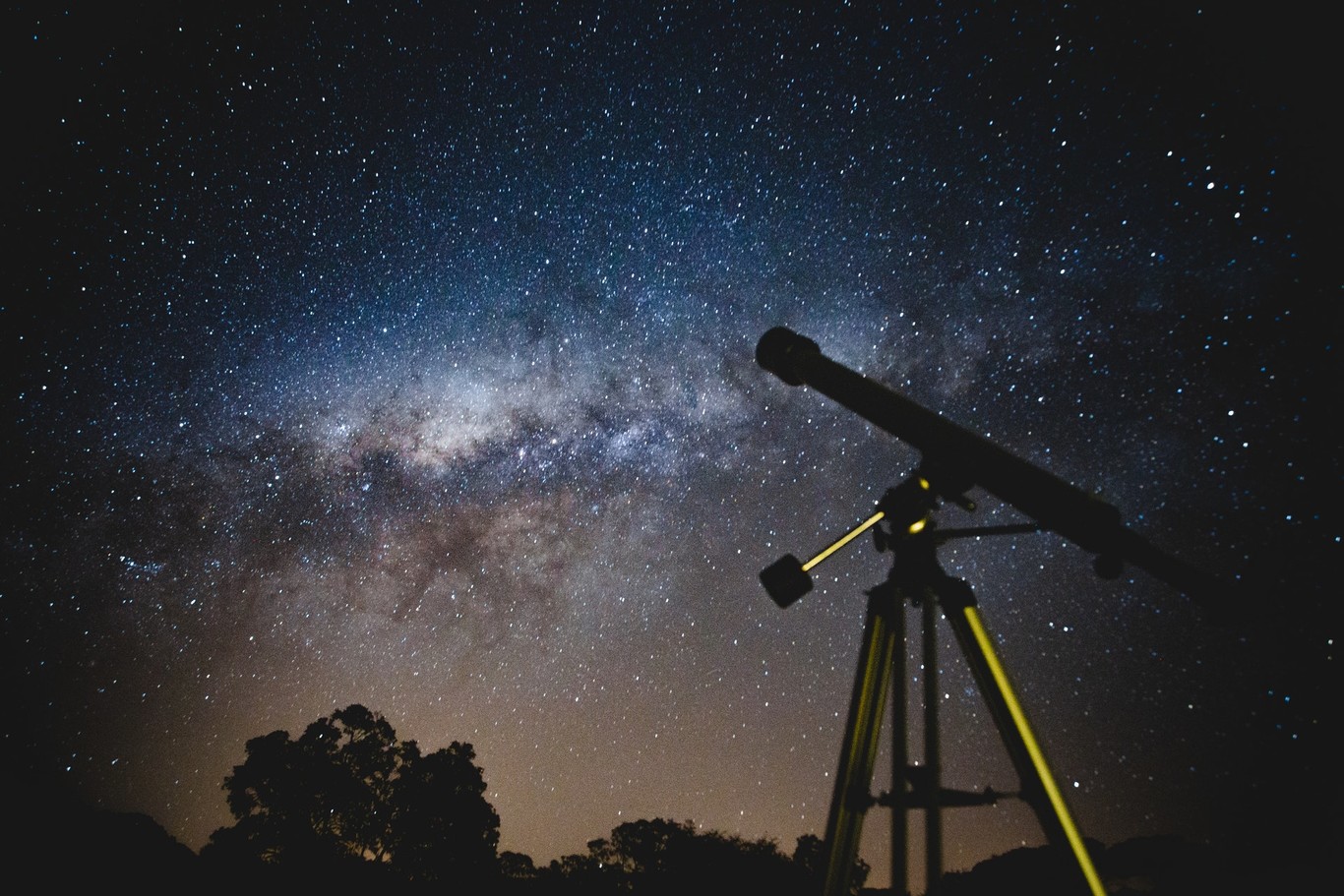
Warm, clear summer nights are the ideal time to get started in astronomy. If we also take into account the traditional — but no less spectacular — San Lorenzo meteor shower, even better. If 2022 you want to enjoy the Perseids in detail, in this purchasing guide you will find a selection of devices, accessories, and gadgets to observe the sky: telescopes, binoculars, and much more.
Telescopes and binoculars
The telescope is the instrument par excellence to look at the sky and search for celestial bodies since its optics allow us to view objects in complete darkness.
However, another interesting option for getting started in astronomy is binoculars, which are lighter and more compact for mobile use and with the advantage of offering greater versatility, since they are also suitable for other activities. Of course, not just any binoculars for astronomy will do. A good starting point is 10×50 — 10x magnification and 50 mm lens diameter —, something we will delve into later.
Telescopes are divided into three types based on their optical system for forming images, which give them a series of characteristics: refractors, reflectors, and catadioptrics, the latter a combination of the first two.
Essentially, while in the first we will look at the sky thanks to a combination of several lenses, in the second a system of mirrors is used and finally the last uses a composition of lenses and mirrors. Of the refractor type, it is common to find those with a Newtonian design and in catadioptric ones, with Maksutov-Cassegrain and Schmidt-Cassegrain designs.
But beyond the optical system and design, when choosing a telescope we will evaluate several factors such as the size of the lens, magnification, focal length, type of mount, and quality of the materials… be careful because some of these parameters such as the Lens diameter or magnification also help us choose binoculars. A few brief touches on the most relevant things to take into account:
-
The essential thing is the aperture, a value in millimeters that represents the diameter of the lens or mirror. The larger the aperture, the better, since it allows more light to enter, which translates into more image quality.
-
We will also look at the focal length, which refers to the distance from the telescope photo to the lens or mirror. With a longer focal length, objects will appear larger.
-
Telescopes increase the size of what we see through them, but this level of magnification is related to other parameters such as focal length or eyepiece. Although higher magnification is better, it is meaningless if it does not go hand in hand with a sharp image.
-
In the past, handling a telescope was an art, since we had to adjust it by hand, but now some models use electronics for adjustment and can even orient themselves towards stars and constellations.
Svbony SV28
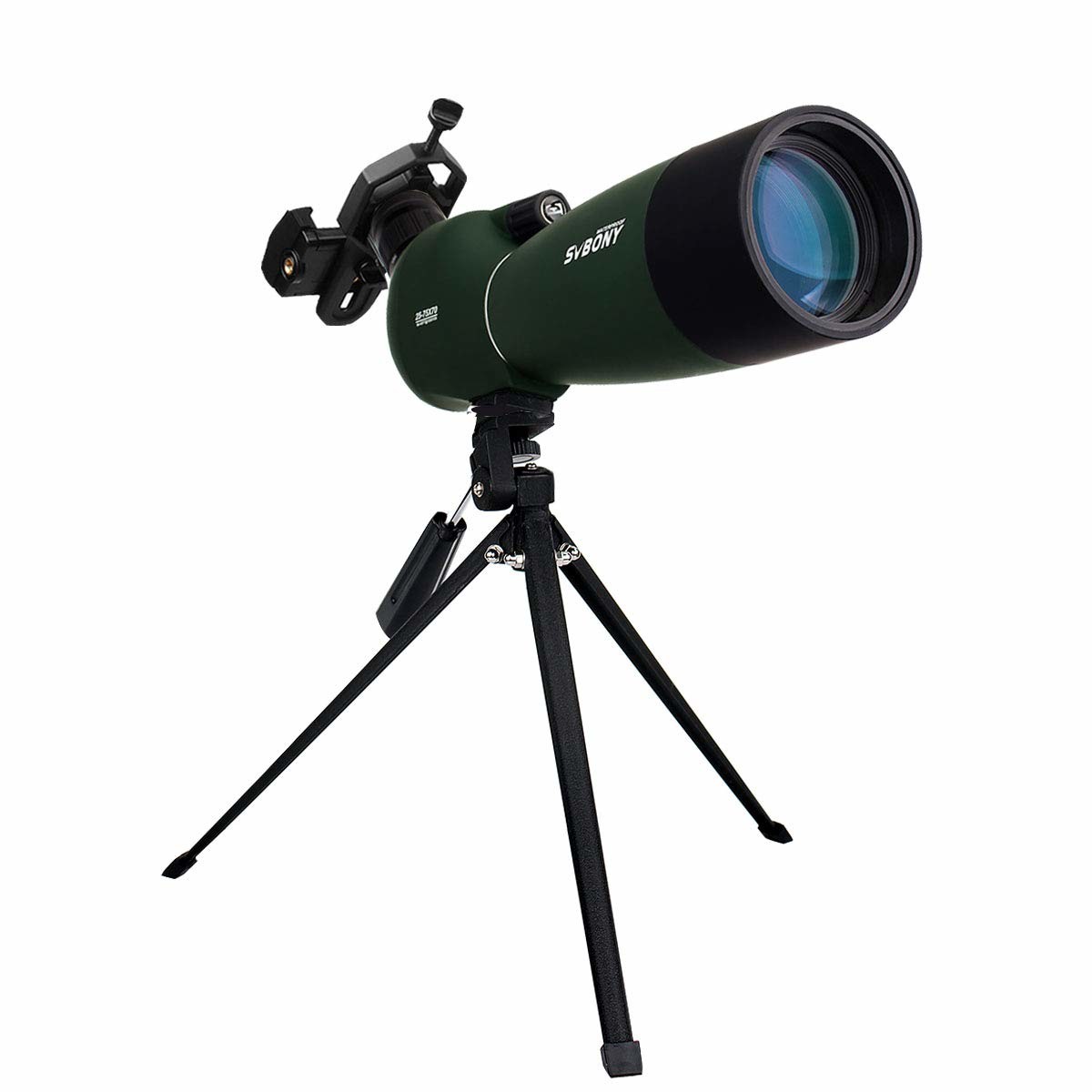
This Svbony SV28 ( 89 euros ) is a very basic telescope with a 70 mm aperture and magnifications of x25 to x75. With a light, compact, and resistant design, it is designed mainly for terrestrial use, although occasionally, and if we do not want to invest too much, we can use it for astronomy. Comes with included tripod and phone adapter.
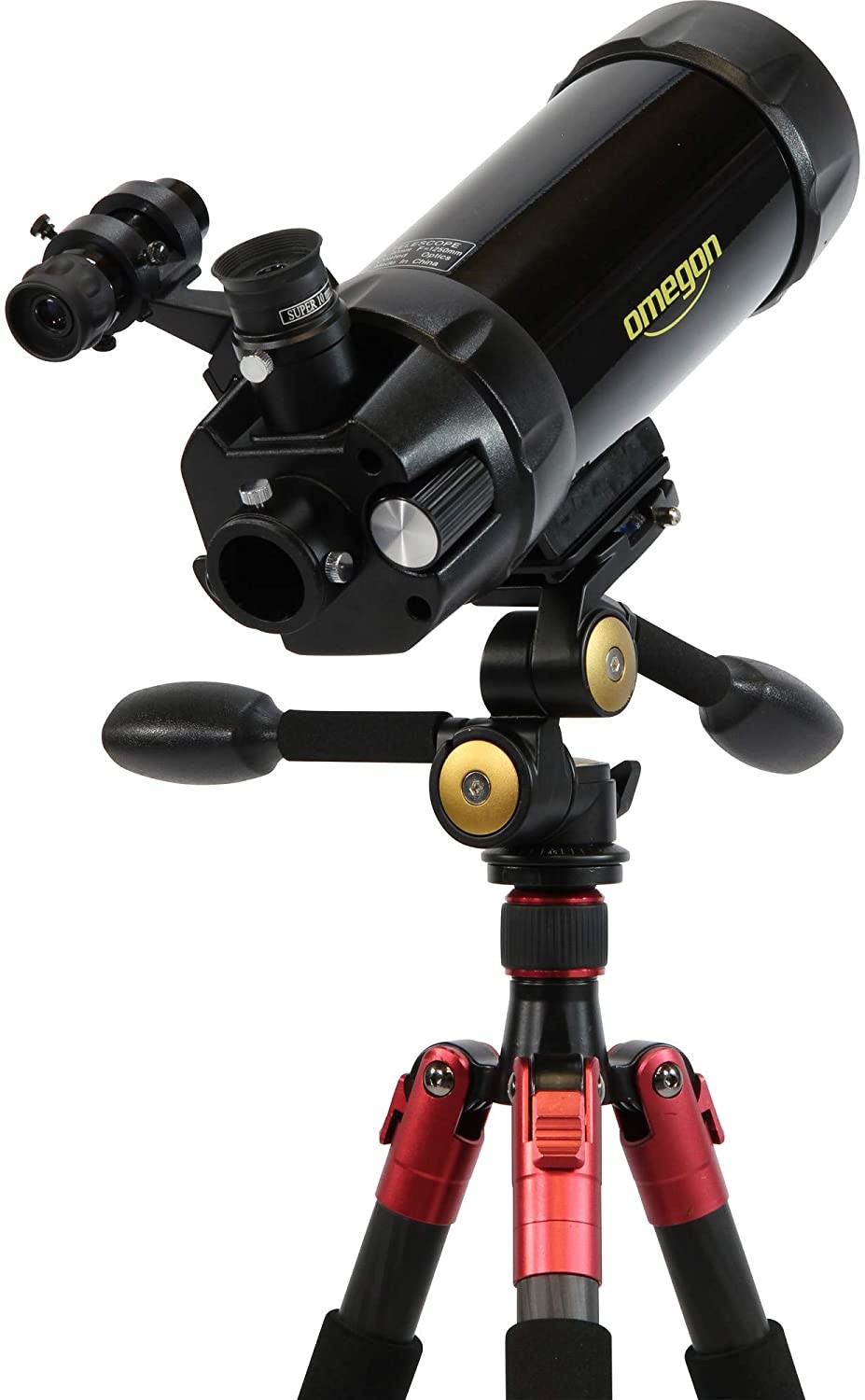
This short reflector telescope from Omegon ( 179 euros ) is designed to be carried from one place to another it comes with a carrying backpack. With a 90 mm aperture lens, it is compatible with 1.25″ accessories. A compact and simple model to get you started observing celestial bodies.
Zoom in Gravity 150 EQ
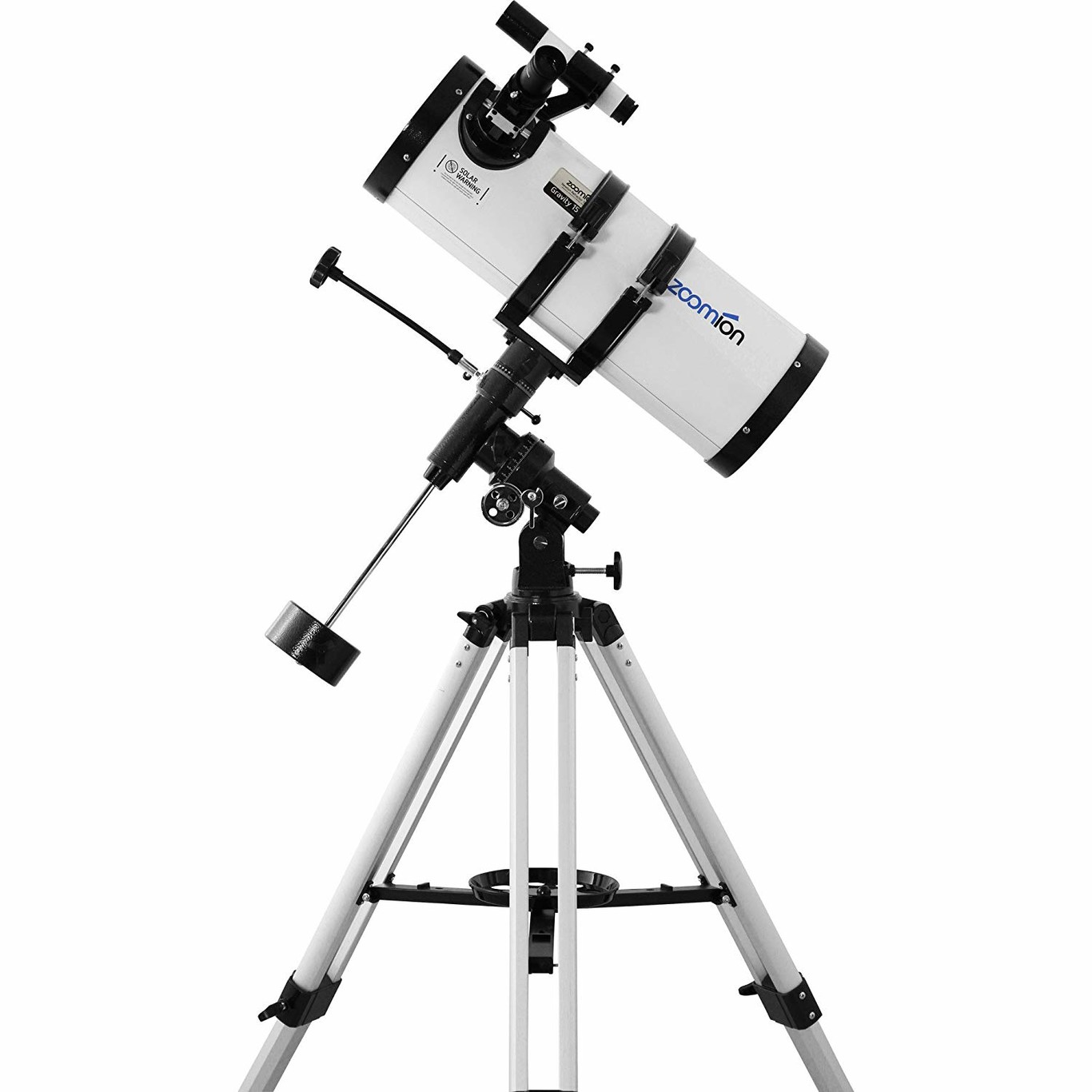
The Zoomion Gravity ( 189 euros ) is a Newtonian mirror-refracting telescope for observing the moon, planets, star clusters, and nebulae. With an aperture of 150 mm and a focal length of 750 mm. Comes with a telescope, equatorial mount, tripod, 6×30 finderscope, lunar filter, inversion lens, and 2 eyepieces (25 and 6.5 mm).
Bresser Quasar EQ-Refractor 80/900
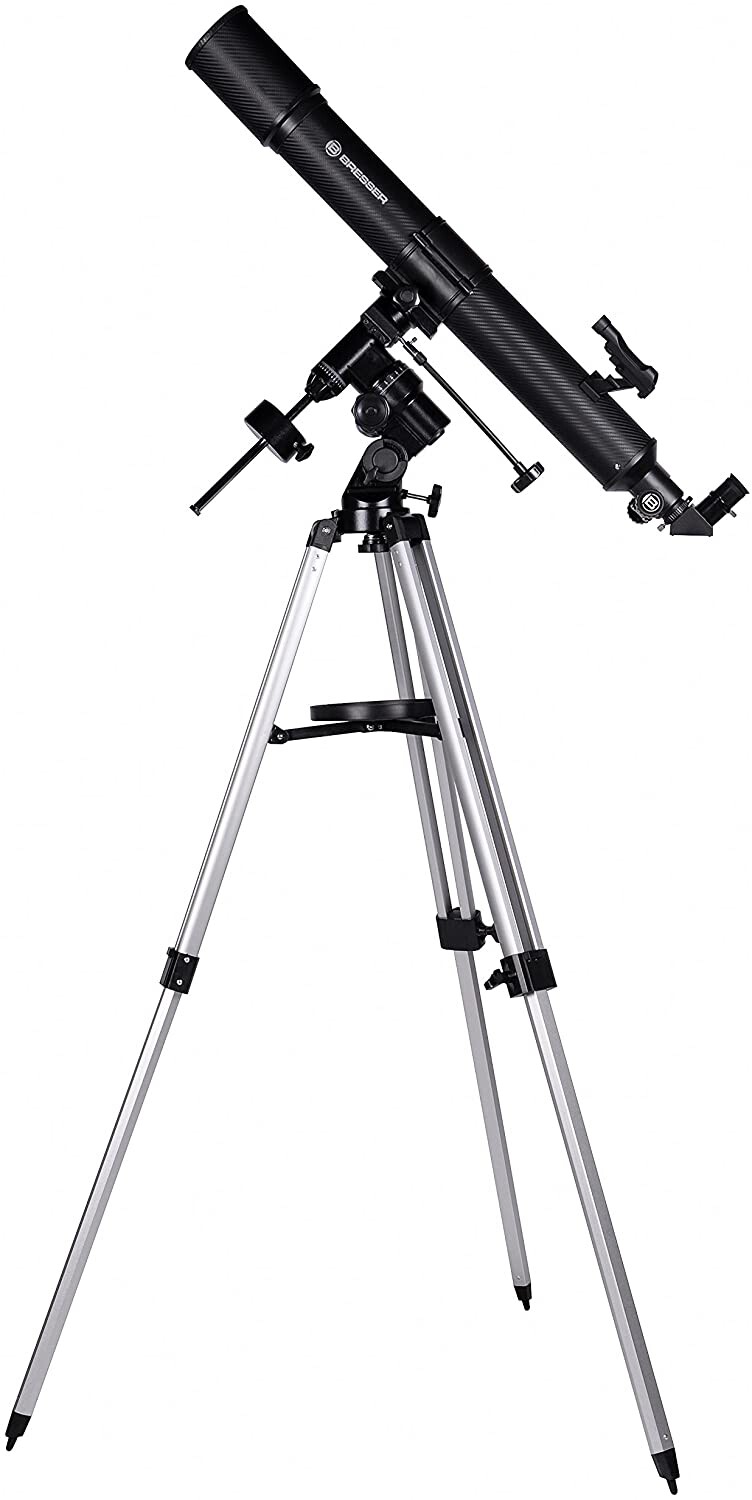
This Bresser Quasar ( 238 euros ) is a good beginner set for astronomical observation. This refractor telescope is equipped with an equatorial mount (so that it compensates for the rotation of the Earth and the tracking of the observed celestial object) and a lightweight aluminum tripod. With a two-lens refractor, 900mm focal length, rack and pinion focusing, and well-stocked in terms of magnification (45x, 135x, 225x, 675x), also includes a smartphone camera adapter
Slokey 50080
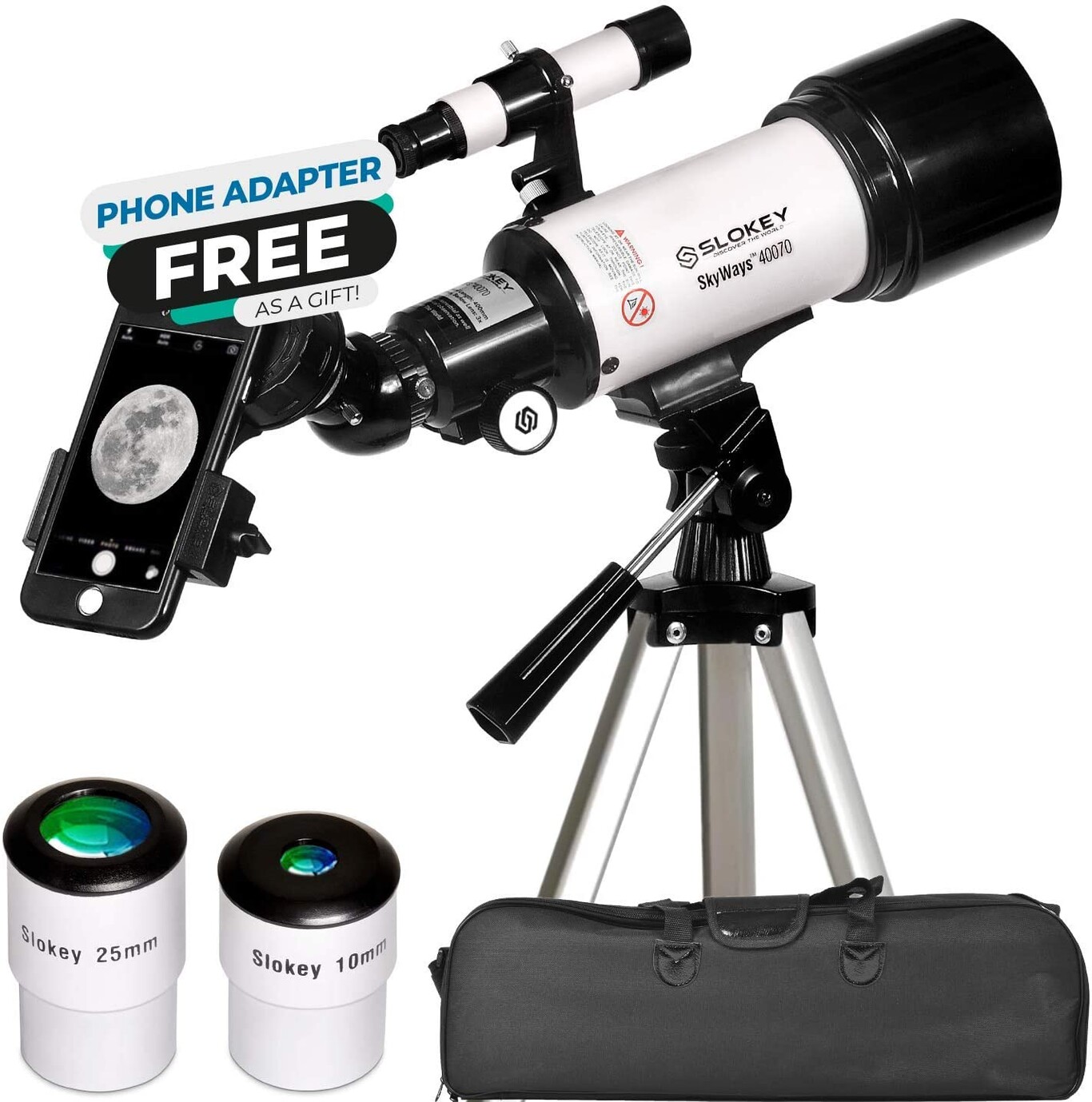
This Slokey 50080 ( 329 euros ) is an astronomical telescope ideal for the initiation of the little ones in the house or adult beginners up to 250X. In addition to coming with documentation and accessories such as a tripod, case, or eyepieces, you can embed your phone to take advantage of the features of both devices by viewing the sky.
Celestron AstroMaster 130EQ-MD
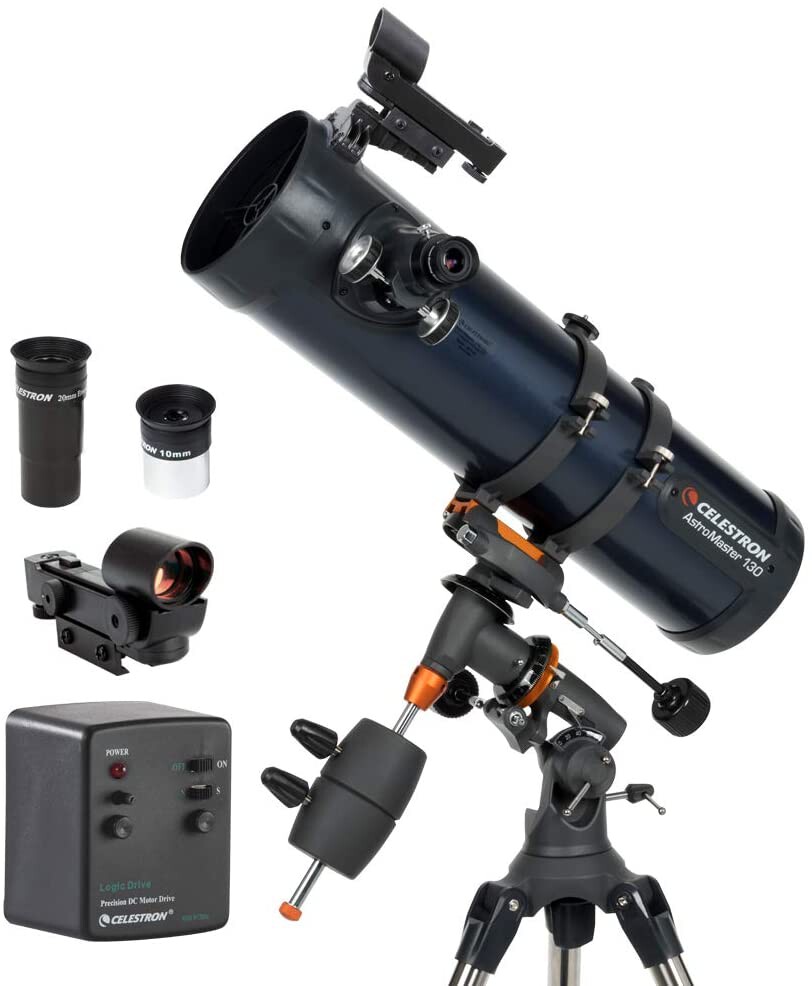
The Celestron AstroMaster 130EQ-MD ( 377 euros ) is a lightweight telescope with a Newtonian reflector, EQ support, and motor for automatic tracking of moving bodies, with a built-in star pointer to make the task easier if you are a beginner and a tray to store accessories. With a focal length of 700mm and included magnifications of 35x and 70x
Celestron SkyMaster Giant Binoculars
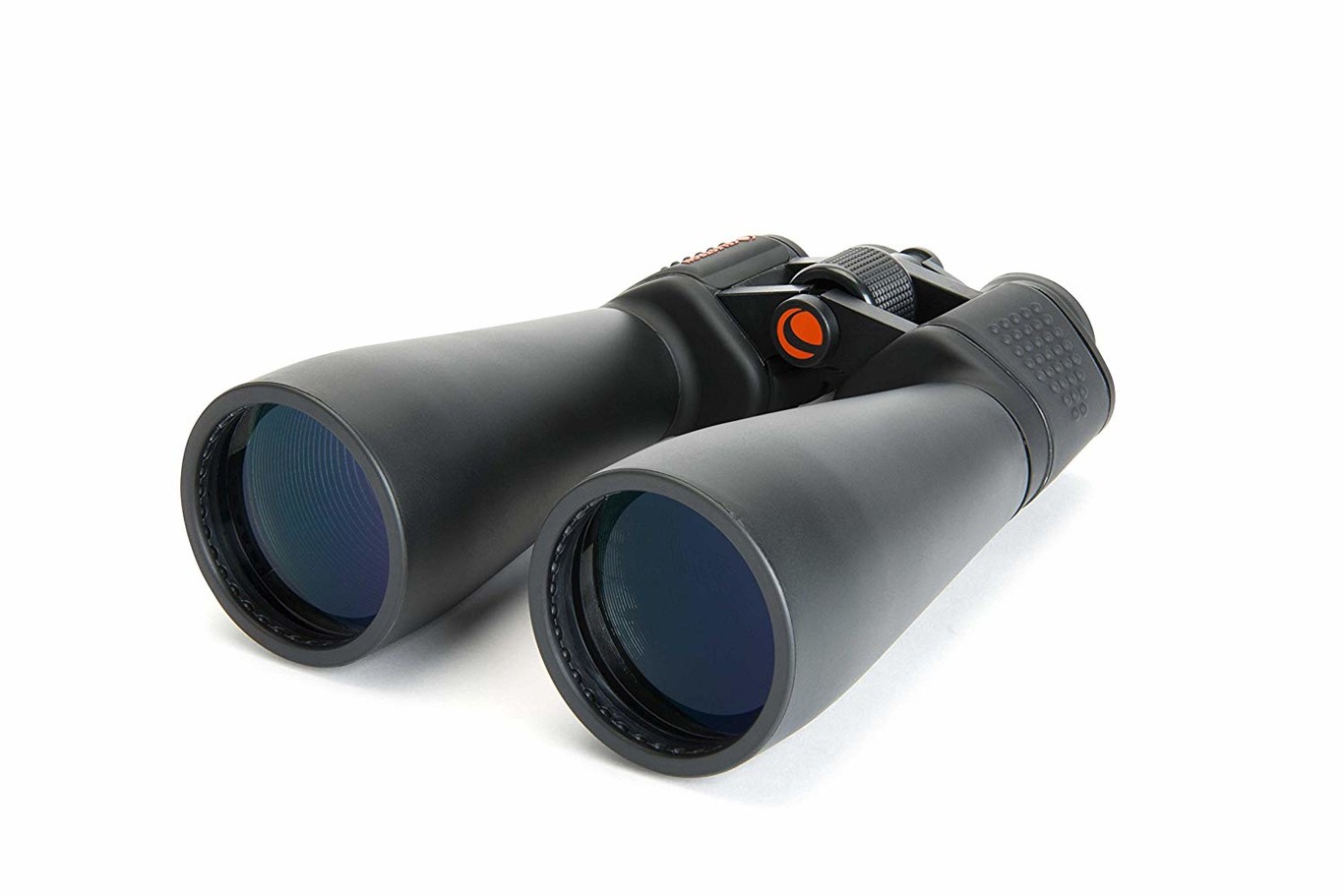
The Celestron SkyMaster Giant ( 99 euros ) are lightweight and basic binoculars for getting started in astronomy with a 70 mm objective lens that adapts moderately well to low-light and long-range conditions. Comes with a tripod adapter
Bresser Spezial-Astro
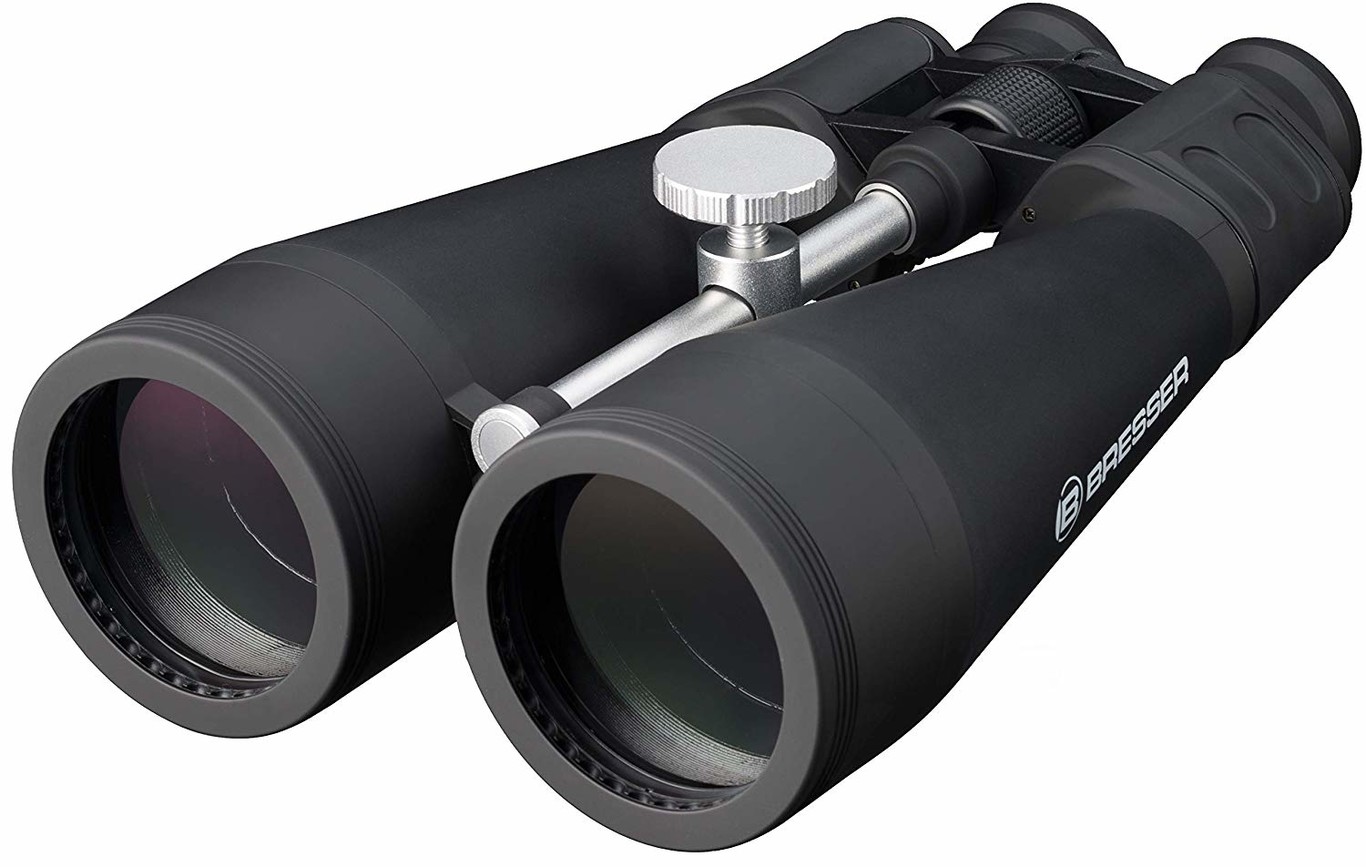
The Bresser ( 119 euros ) offers an interesting relationship between performance and price. They weigh 2 kg but include a carrying bag, they are designed for their characteristics for long-distance astronomical and terrestrial observations. With thread for tripods.
Celestron Skymaster 25X100
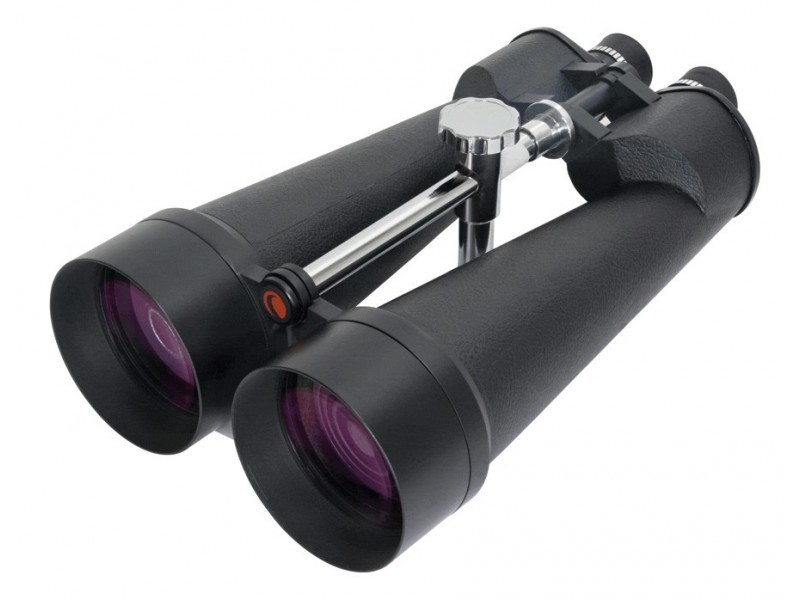
The Celestron Skymaster 25X100 ( 485 euros ) are large aperture, high brightness, and achromatic binoculars for observing the sky. They have multi-layer optical treatment, are waterproof, and weigh 4 kilograms.
Accessories
mobile gadget
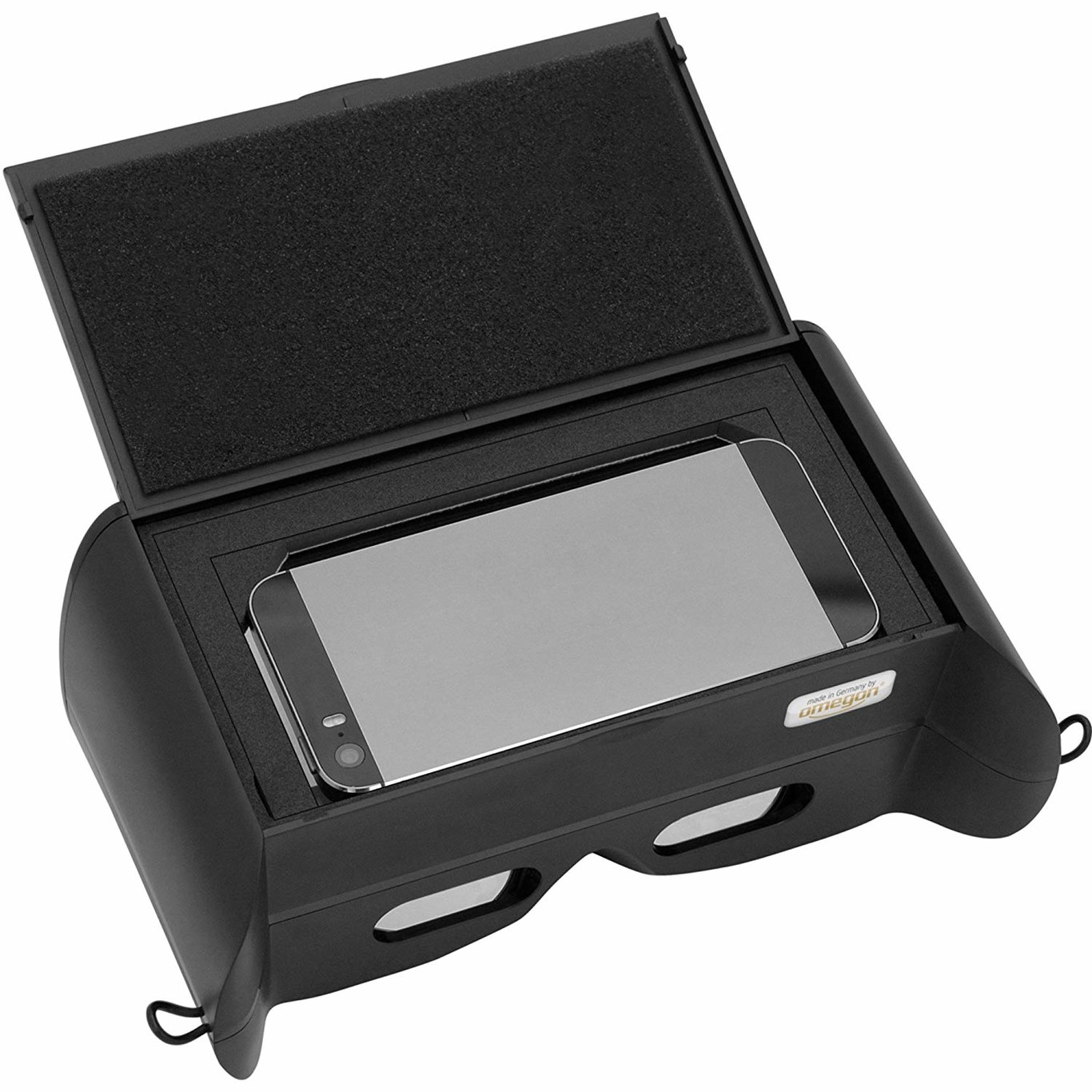
This original gadget from Omegon ( 49 euros ) is a kind of astronomy glasses in which we will have to integrate our smartphone. After installing the app on our mobile, we can look at the sky through it and obtain information about constellations, planets, galaxies, and more. With 8 modes of use, explanations, and detailed photographs.
Skywatcher Star Adventurer Camera Mount
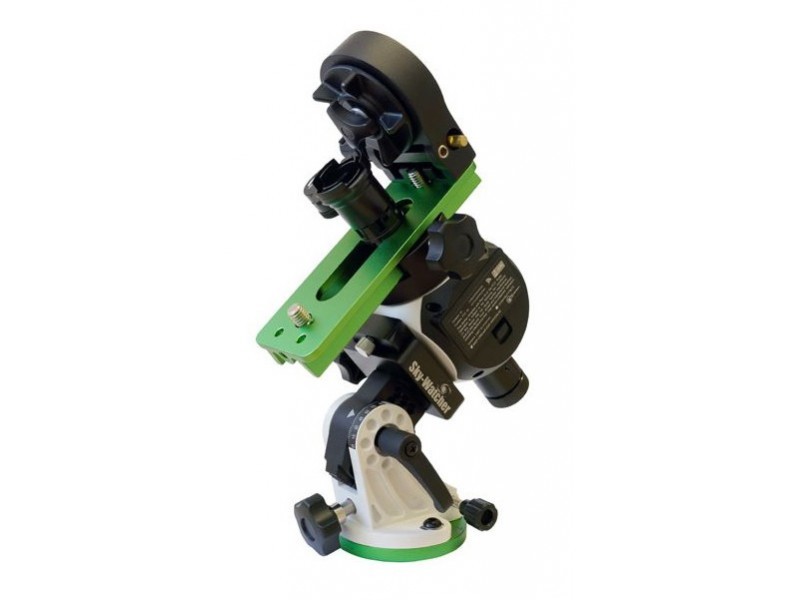
It is a mount to integrate into the telescope and can attach reflex cameras for astrophotography and sequential videos since it has a speed selector to move. Comes with a North Star finder and illuminator.
With automatic adjustment and closure for the camera, it fits photo tripods with a 1/4 or 3/8-inch connection. Power is supplied either through the built-in battery compartment or through a 5 V DC power supply or a mini USB.
Bresser Universal Smartphone Adapter
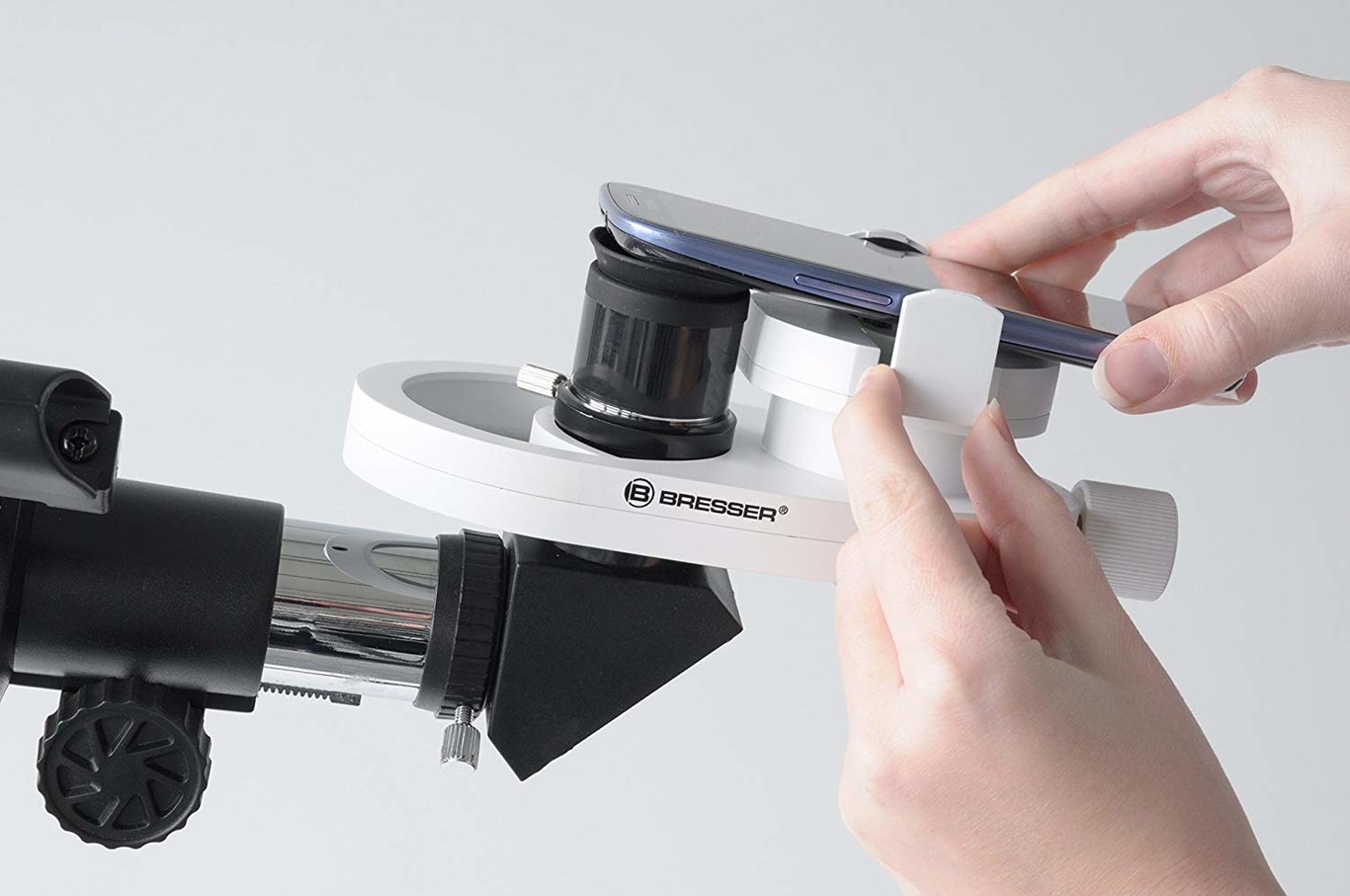
This simple and compact universal adapter from Bresser ( 39 euros ) embeds our smartphone in the telescope so that we can record or take photographs of what we are seeing.
Svbony SV205
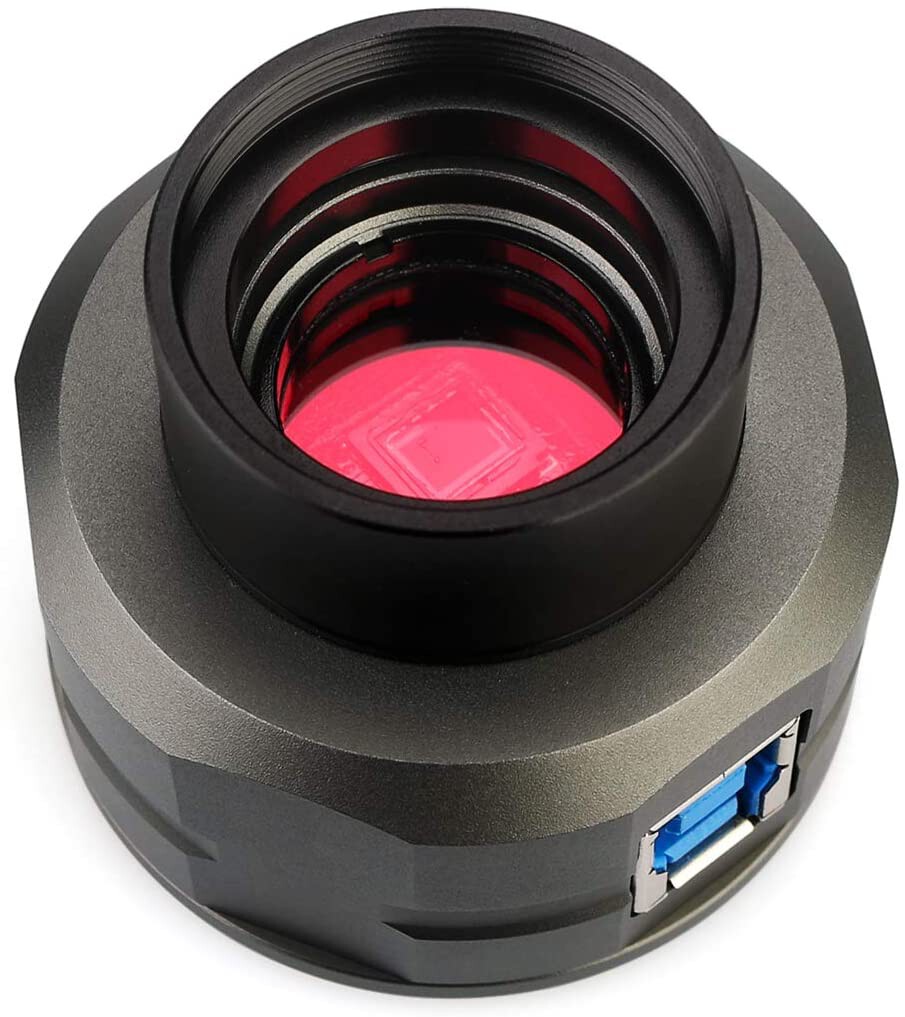
Another different option to view, record, or photograph what is seen through the telescope is this Svbony SV205 USB camera ( 107 euros ) that will also allow us to transfer what we see to a PC, adapting to 1.25″ eyepieces. With a sensor of 8MP, captures images at speeds of up to 15FPS and a resolution of 3264X2448
Bysameyee Collimator
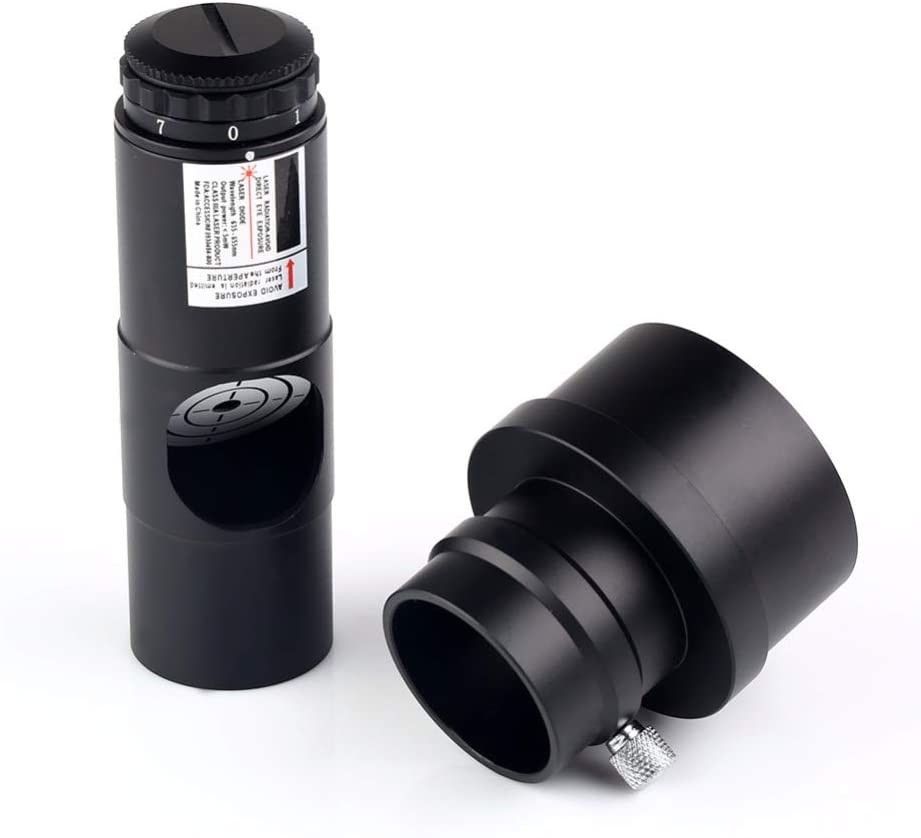
It is essential to maintain a telescope so that it is in optimal condition whenever we are going to use it. Precisely, one of those maintenance tasks consists of keeping it calibrated, for which we will use a collimator like this one from Bysameyee ( 47 euros ). This collimator is compact, robust, and easy to use for 1.25 to 2″ reflector telescopes, with a metal body and 7 brightness levels.
Celestial planisphere
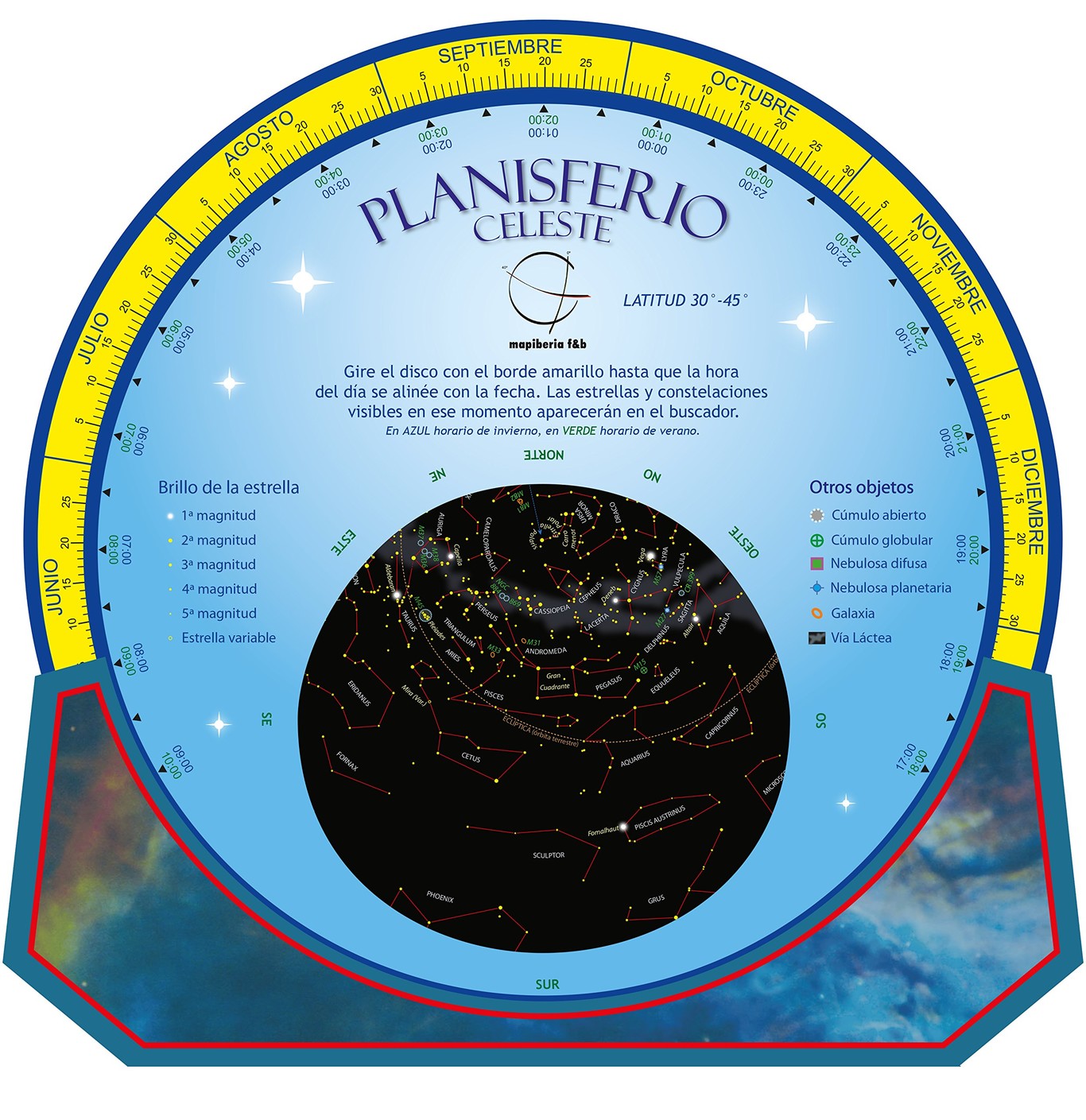
Although there are applications that do the same thing, another option is to use the usual paper map ( 9.90 euros ). This one is quite large and is easy to use so that even as a beginner you won’t miss anything.
Celestron Night Vision Flashlight

If the idea is to go out at night, telescope or binoculars in hand and some documentation to know what we are looking at, this flashlight with red LED from Celestron ( 27 euros ) is very interesting so as not to disturb the environment. It comes with a carabiner, its handle glows in the dark and it is battery-powered.
National Geographic Planetary Projector
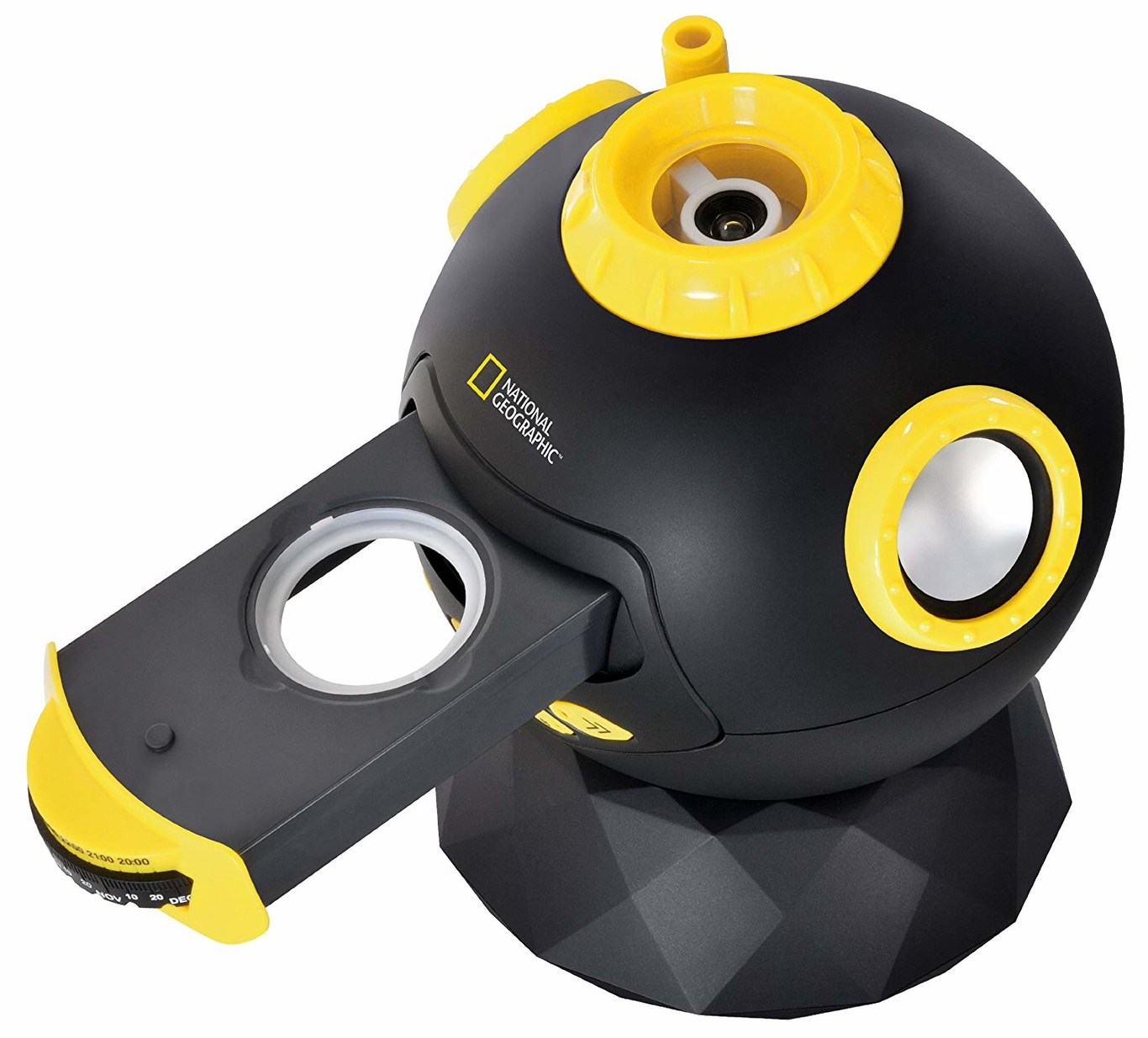
Although it looks like a game – and can be a great gift for children and young people who like to look at the sky and look for stars -, this National Geographic star projector (73 euros) is capable of covering the ceiling of a room dark with stars and constellations with a light output of 190 lumens, so that we can discover and learn about them in this limited environment. It also has a radio, MP3 connection, and speakers.
Books
Although astronomy offers us natural spectacles that we can delight in simply because of their beauty, it can be interesting to investigate a little more and know what we are seeing: constellations, planets, astronomical milestones… in this sense, we find a large amount of information both on the internet like pulling bibliography. Some interesting titles to delve deeper into this science are:
Sky Guide 2022: For naked-eye observation of constellations and planets, moon, eclipses and meteor showers
The title says it all: 2022 still has a few months of astronomical events left to take place and in this guide adapted to Spain we will find a complete summary explained clearly. For 7 euros.
Astronomy. Beginner’s Guide
A guide ( 9.94 euros ) to get started in astronomy and its basic concepts – with some physics involved -, suitable for both beginners and young people who like this science. If you are a Kindle Unlimited user you can also read it for free.
Observe the Sky with the naked eye or with binoculars
If you have entered the pool of astronomy by also purchasing binoculars to see it more closely, you will probably find it interesting to know how to make the most of them to observe the sky. This book will help you achieve it: for 13 euros.
Astrophysics for people in a hurry
Black holes, quarks… astrophysics is an exciting science but one that can sometimes bog us down, especially if we want to know everything but don’t have the time to learn. This work by Neil deGrasse Tyson ( 17 euros ) brings us simply closer to the main concepts with a didactic and entertaining tone.

Sharlene Meriel is an avid gamer with a knack for technology. He has been writing about the latest technologies for the past 5 years. His contribution in technology journalism has been noteworthy. He is also a day trader with interest in the Forex market.









